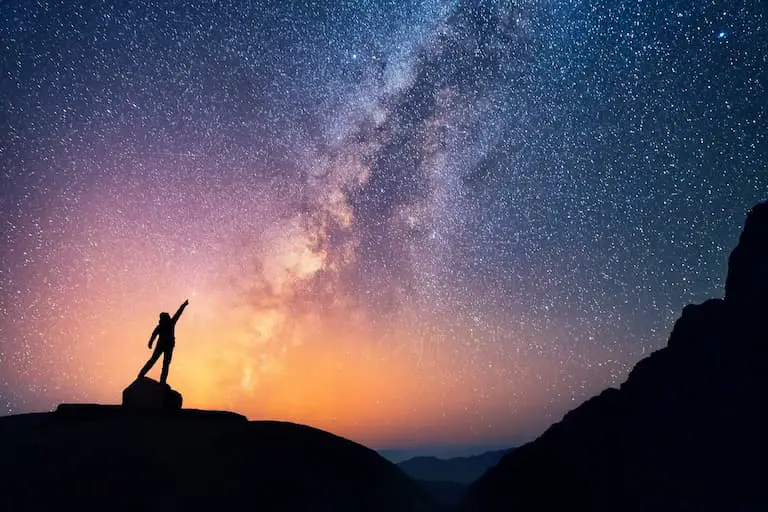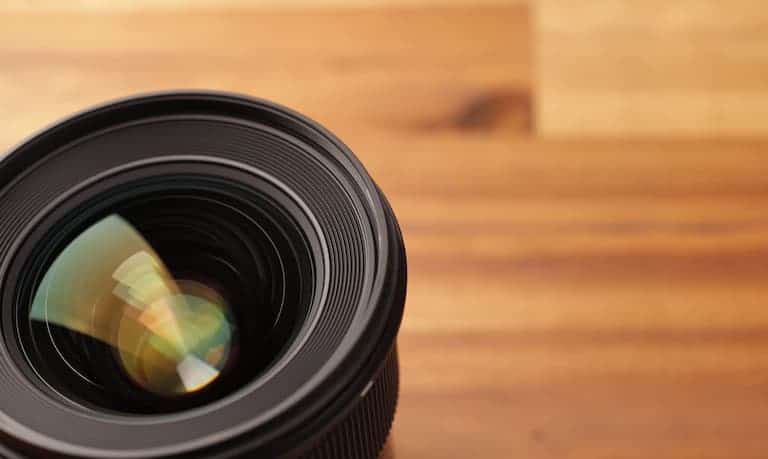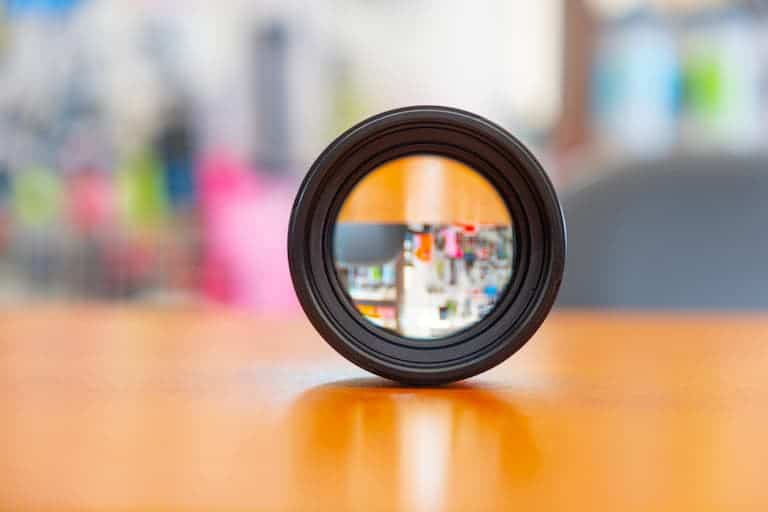When you’re planning for a trek to capture a few photographs of the great outdoors, you want to make sure you have everything you need. You don’t want to be at your destination only to find out you forgot something essential.
You don’t need a fast lens for landscape photography, but they sure can be handy. However, these lenses can be bulky and difficult to carry, so most photographers leave the fast lens at home unless they’re planning on doing nighttime photography.
Though not necessary, a fast lens can help you achieve different effects for a landscape photograph. This article defines what a fast lens is when to use it in landscape photography and the pros and cons of using a fast lens.
Table of Contents
Why Do Some People Use Fast Lenses for Landscape Photography?
Some people use fast lenses for landscape photography because they let you create specific effects that a slow lens can’t recreate. Fast lenses are also invaluable if you want to capture low-light images.
Below, we will discuss how fast lenses work and why they might be beneficial for certain types of landscape photography.
What Are Fast Lenses?
Fast lenses are those that have faster shutter speeds and wider apertures. Lenses that have a maximum aperture of f/2.8 or under are considered fast lenses. This means that lenses with f-stops like f/1.4 and f/1.8 are also fast lenses.
Fast lenses have wider apertures that allow more light to hit the sensor in a shorter time. As a result, you can capture a focused image of a moving subject, even in low light.
These features explain why fast lenses are suitable for photography genres like the following:
- Sports photography
- Wildlife photography
- Portrait photography
- Event photography
- Astrophotography
When To Use a Fast Lens in Landscape Photography
A fast lens isn’t necessary for landscape photography. However, having one on hand can help you get some unique shots.
Below, we will walk you through examples of when a fast lens can be used for landscape photography:
Nighttime Landscape Photography
Fast lenses have wider apertures that allow more light in at a faster rate. Wider apertures also allow for faster shutter speeds.
These features are particularly advantageous when taking landscape photos during the night. Wider apertures make pictures brighter, allowing for better exposure. They also help photographers capture details that might otherwise be lost to shadows.
Faster shutter speeds also mean less noise in your photograph. Noise refers to those pixels you sometimes see scattered in a picture that isn’t the color they’re supposed to be, like a blurred television screen.

Bringing Focus to a Specific Element
The wider aperture of a fast lens also blurs out more extensive parts of a picture. When you are taking a photograph of sweeping fields, or if you want to capture the whole scene in complete focus, a fast lens isn’t the way to go.
However, if you want to bring some focus to a particular object in the foreground while softening the appearance of your background, use a fast lens. A lens aperture of f/2.8 or wider will help you achieve this effect.
Say you’re taking a picture of a forest full of trees. You want to bring the viewer’s focus to a specific tree in the foreground and accentuate a unique or eye-catching feature. A fast lens will help you do this by allowing a shallower depth of field.
If you prefer to work without a shallow depth of field, reduce your aperture past f/4. The window of focus will expand rapidly from there.
Pros and Cons of a Fast Lens
If you’re on the fence about investing in your own fast lens for landscape shots, there are some pros and cons you might want to consider.
Pros of a Fast Lens
Below are some of the notable benefits of using a fast lens in your photography.
Fast Lenses Are Flexible
Fast lenses can usually offer the abilities of both a fast lens and a slower lens. This feature is handy when you have to quickly switch from nighttime photography to daytime photography. This is an especially valuable asset when you’re out taking landscape photos from day to night.
Fast Lenses Help Negate Camera Shake
If keeping your camera steady while taking a shot can be a problem for you, fast lenses can help create clear photos without using a tripod.
When you have to hike quite a distance to get to your shooting location, lugging around a tripod may be difficult. You’ll also be able to capture your landscape photos without spending too much time on setting up.
Fast Lenses Can Capture More Detail
Fast lenses have a wider maximum aperture, enabling you to capture details even in low light. As a result, you don’t need to boost your ISO for good exposure.
Being able to photograph details in low light is especially important if you’re taking a nighttime landscape shot or if you want to take a beautiful, clear picture of the stars.
Fast Lenses Lessen Noise in a Photograph
These lenses also have a faster shutter speed that helps keep the ISO under control. The larger apertures of these lenses also help prevent noise (discolored pixels) from forming in your photos.
Cons of a Fast Lens
Despite their many advantages, fast lenses can also have disadvantages. We will outline some of these downsides below.
Fast Lenses Are Expensive
Fast lenses can do the job of both fast and slow lenses, and sometimes, even more. This factor explains why the price tags on fast lenses can be at least twice those of your other lenses of slower speeds.
The higher prices mean that a fast lens can be quite an investment. However, suppose you are an amateur photographer still starting. In this case, fast lenses may not be a smart expense, and it will be challenging to fit a more modest budget.

Fast Lenses Are Bulky and Heavy
Fast lenses have a wider minimum aperture, so it makes sense that they are bigger and heavier than your regular camera lens. You would need a dedicated pouch or bag for your fast lens to make it easier for you to switch out when you need to.
However, this may be a problem if you need to trek a significant distance to your shooting destination, or if you have to carry other things with you. With a fast lens taking up a lot of space or carrying capacity, you might not be able to take as much of your photography kit with you.
Conclusion
A fast lens isn’t necessary for landscape photography. However, certain situations like shooting in low light or at nighttime, in addition to bringing focus to subjects in your landscape require a fast lens.
However, a fast lens can be a significant investment. It may not be worth it if you’re just starting with photography.

